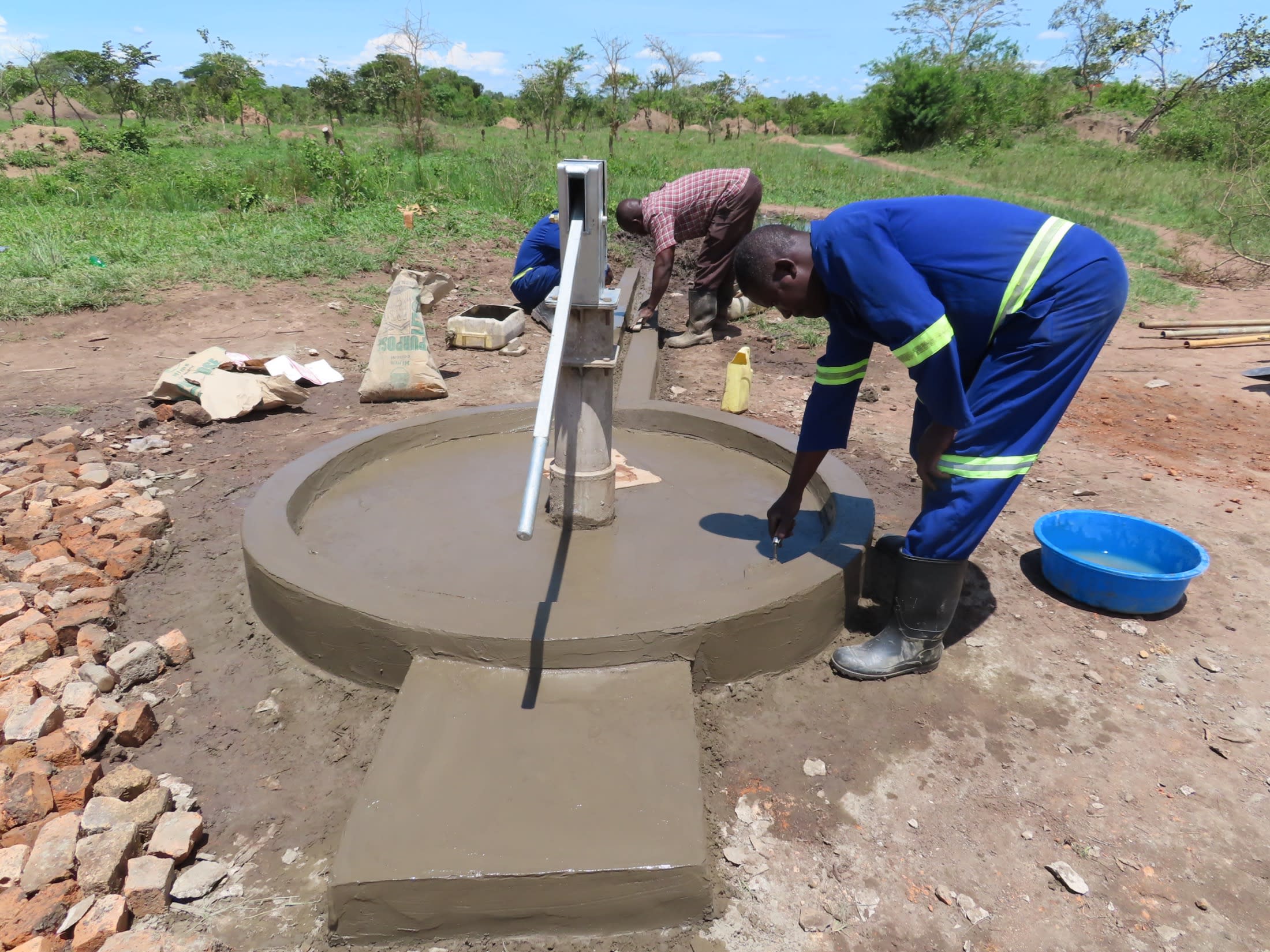Rwensororo village is located in Masindi District. The village has fertile soils for agriculture and grazing. Most people engage in sugarcane and maize growing for commercial purposes, and cassava, sweet potatoes, and beans for eating. The community also keeps cattle for commercial purposes, making it a hub for the supply of milk and beef in the district.
In some parts, the areas are swampy, bordered, and surrounded by the river Kafu. This river forms the border of the Masindi and Kyankwanzi Districts. The river is a habitat for many animal species including hippopotamus, crocodiles, snakes, and fish, which attract people in other villages. The river also acts as the primary source of water for cattle grazers. The animals do not lack water throughout the year.
Though the village has many natural resources, it still lacks a reliable source of water for its 1,280 residents. Once, there was a borehole well that operated in the center of the village, but it has long been broken down and unusable. Currently, people have to walk very far to more distant and sometimes unsafe water sources to try to meet their daily water needs. The only other functioning borehole in the area is located at quite a distance.
“The village has only one functional water point, and it is very far. The access road is deplorable since it is a swamp, and whenever it is a rainy season, it becomes very impassable. There is no graded main road to access this water point. There is a lot of suffering as far as access to clean drinking water is concerned," said Caroline Nakitoleko.
"A lot of productive time is wasted in collecting water. I walk a distance of about two kilometers, spending two to three hours to get water home. I have to go very early in the morning to get water. This makes me either not have breakfast or have lunch late because a lot of time is spent collecting water. We indeed need urgent and great assistance.”
Joshua, a pupil of the nearby Asiimwe Primary School, was asked to narrate his experience with the water situation here.
"There is always a very long queue since all people in the village converge here to get drinking water. It is also very far, and I have to move a distance of five kilometers to access this water point," he said.
"I spend a lot of time on the way, and even at the water point waiting for the long queue, which takes me about two to four hours to get back home with water. I usually use a bicycle to collect water, and when the bike breaks down, it becomes hard to carry water on my head for that long distance.”
Here’s what we’re going to do about it:
Rehabilitated Well
We are going to restore water to the broken-down borehole. Since this water point is located at the center of the village and easily accessible by the majority of people, unlike the springs which are located at the far ends of the village, when this borehole is restored to its original status, it will provide the community with easy access to clean and safe water. We will remove the old pump, clear out the well, reinstall a new stainless steel pump, and build a new well pad to protect the water.
Training
Training’s main objectives are latrines and observing proper hygiene practices since these goals are inherently connected to clean water provision. Open defecation, water storage in unclean containers, and the absence of handwashing are all possible contaminants of a household water supply. Each participating village must achieve Open Defecation Free status (defined by one latrine per household) before the pump installation for a shallow hand-dug well.
This social program includes the assignment of 1 Community Development Officer (CDO) to each village. The CDO encourages each household to build an ideal homestead that consists of a latrine, handwashing facility, a separate structure for animals, a rubbish pit, and a drying rack for dishes.
We also implement the Community-Led Total Sanitation (CLTS) approach with each of our village partners. This aims to improve the sanitation and hygiene practices and behaviors of a village. During these sessions, village leaders naturally emerge and push the community to realize that individual households' current practices – particularly open defecation – are unhealthy and affect the entire village. CLTS facilitates a process in which community members learn the negative consequences of their present water, sanitation, and hygiene behaviors and are inspired to take action. Group interactions are frequent motivators for individual households to build latrines, use the latrines, and demand that other families do the same.
Improved Sanitation
The aim is that all households own an improved latrine. Many homes do not use a toilet but use the bush. Due to open defecation, feces are spread all over the village. This leads to waterborne diseases and contamination of groundwater and surface water. Our aim is that the community can live a healthy life free of preventable diseases. We endeavor that people will have access to sustainable, clean water and access to sanitation at the end of our presence in the community. We have now organized families to form digging groups for latrine construction and empower them with the tools they need.

 Borehole Well and Hand Pump
Borehole Well and Hand Pump





























